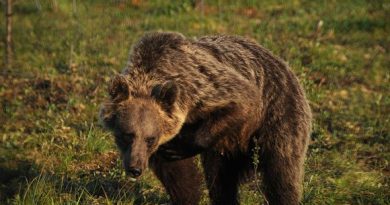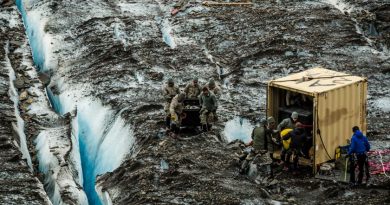Inuvialuit knowledge helps mariners choose wildlife-friendly routes in Western Arctic
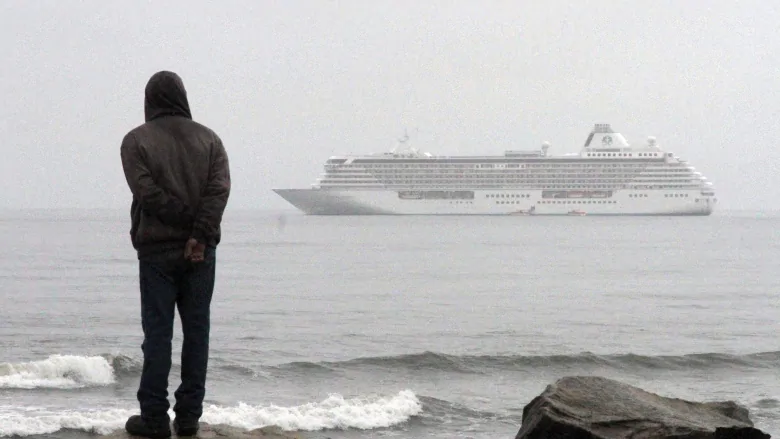
Mariners travelling through waters in Canada’s Western Arctic have a new tool to help them mitigate impacts to wildlife and Inuit harvesting areas.
The Inuvialuit Game Council, which represents Inuvialuit interests related to wildlife in the Inuvialuit Settlement Region, and WWF-Canada developed the Western Arctic Mariner’s Guide.
Arctic shipping is expected to double over the next decade, mainly with vessels related to tourism and mining, according to WWF-Canada.
“It’s not a problem yet,” said Vernon Amos, chair of the Inuvialuit Game Council.
But he says Inuvialuit are concerned about how more shipping will impact wildlife and their ability to harvest country food.
“Every year there are more and more vessels transiting our waters … We don’t want it to become a problem.”
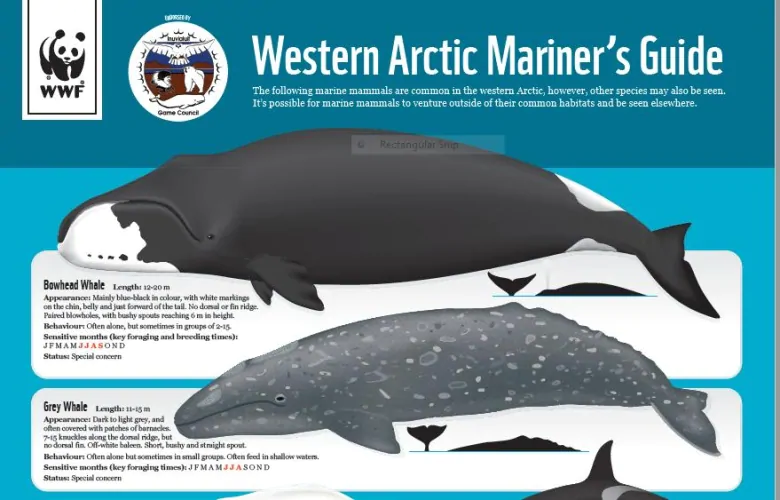
The guide — a series of large posters — can be mounted on a ship’s bridge.
They help mariners identify which species are important to the Inuvialuit, their behaviour and whether they are risk or concern.
Beluga whales, char and ring seals are among the species Inuvialuit rely on for food.
A simple map colour-blocks migration routes, summer and winter habitats, conservation areas and beluga management zones.
It includes recommendations on how to navigate around marine mammals, when to avoid shipping, and what to do when encountering caribou sea-ice crossings and Inuvialuit travel routes.
There are also important phone numbers.
“That that may seem a little old-school in this digital age but it’s really an important, basic tool,” said Andrew Dumbrille, senior specialist of sustainable shipping at WWF-Canada.
There are currently no regulations on speed limits for vessels in the Western Arctic, according to WWF-Canada. Though, in its latest Notice to Mariners, the Canadian Coast Guard has called for a voluntary speed restriction in two marine protected areas, in an effort to prevent collisions with whales.
While the Arctic isn’t a global travel route for ships yet, Dumbrille says it’s just a matter of time.
“We have the time right now to set the right rules to get it right … before the boom,” he said.
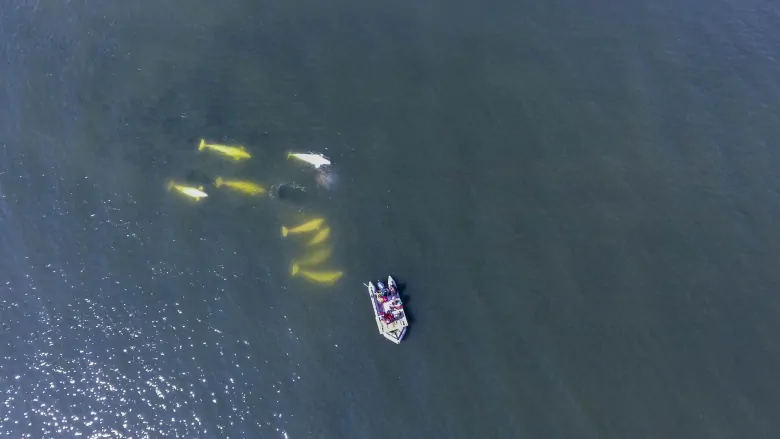
Adventure Canada is already using similar guides from WWF-Canada when navigating other Arctic waters.
“It should be something that’s mandatory,” said Alana Bradley-Swan, vice-president of operations for the cruise company.
It has offered excursions in the Inuvialuit Settlement Region in the past, but not in recent years because of problems with sea ice.
“This really gives an excellent plain-language, visual guide for people who aren’t living and breathing in the policy every day,” she said.
While the guide’s recommendations “may limit” travel routes and activities, Bradley-Swan says it’s worth it.
“I think it’s a privilege for operators to be able to navigate within these waters,” she said.
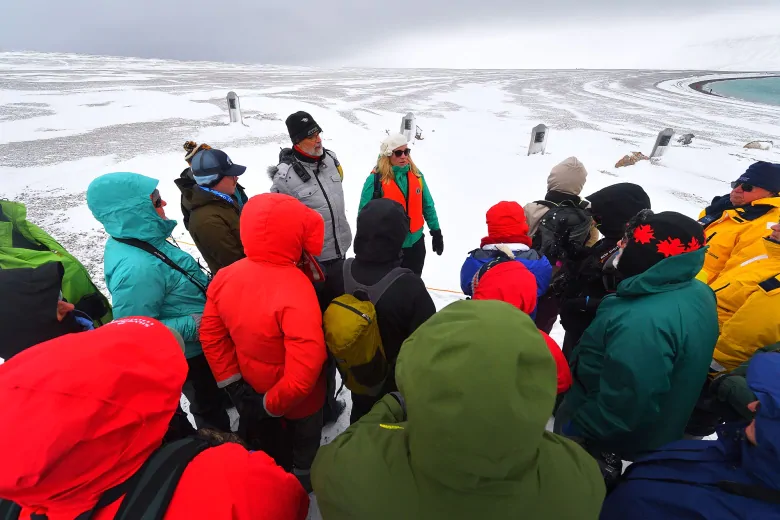
The Inuvialuit Game Council hasn’t received any feedback from operators and shipping companies yet about the new guide.
Amos says operators have always been “very co-operative,” but he’d like to eventually see even more steps taken.
“We want to move from guidelines to more regulations … that come from the Inuvialuit,” he said.
Related stories from around the North:
Canada: Canada ratifies international moratorium on commercial fishing in the High Arctic, Radio Canada International
Finland: What a Saami-led salmon rewilding project in Arctic Finland can teach us about Indigenous science, Eye on the Arctic
Greenland: Greenland Atlantic salmon catch numbers well above new quota, CBC News
Norway: Supreme Court’s crab fishing ruling reaffirms Norway’s exclusive rights over Svalbard waters, The Independent Barents Observer
Russia: Norway and Russia agree to slash cod quotas in Barents Sea, The Independent Barents Observer
Sweden: Environmentalists seek solutions to ghost net problem in Baltic Sea, Radio Sweden
United States: U.S. ratifies moratorium on fishing in High Arctic seas, Radio Canada International


